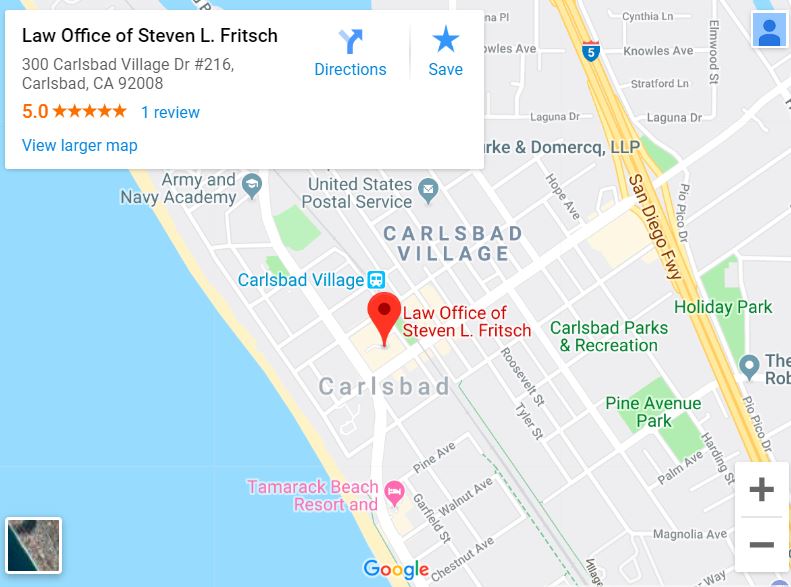A prenuptial agreement is generally designed to protect the assets of the partner who has more wealth than the other from a quick divorce and resulting loss of property. While this agreement does work, spouses who stay married for years or decades could be held to the prenuptial agreement long after the initial worrying period has passed.
For these spouses, a sunset clause can help offer additional protection and ensure that both parties are treated fairly if there is eventually a divorce. Learning more about sunset clauses and prenuptial agreements can help you come up with a plan that will protect you both and ensure you can move forward, worry free, with your marriage.
What is a Sunset Clause?
A Prenup, or Prenuptial Agreement is created when you and your prospective spouse enter into a contract that covers the legal and financial issues that can arise if you later divorce. It can also cover what happens if one party dies. A typical prenuptial agreement covers anything from investments and income to alimony, individual partner’s 401K accounts, the family home and other assets. While assets and income get the most attention, other items can be included in a prenup as well; anything from custody of the couple’s pets to the maintenance of life insurance policies and sunset provisions can be included in this contract.
For most prenups, the contract is binding and lasts for the length of the marriage. A Sunset Clause, when added to the prenuptial agreement, sets a termination date for the prenup. The agreement will be terminated after an agreed upon time in the future. Once the sunset clause comes into effect, the prenup expires and if there is a divorce, the process will not include the provision set aside in the expired agreement. Property, debts and assets will be divided in court, just like they would be in any other typical divorce.
Why Get a Sunset Clause?
Couples may decide to incorporate a sunset clause into a prenuptial arrangement for a variety of reasons:
- Protecting the assets of one party from the other partner’s debts
- Voiding out the prenup once the marriage has lasted a set number of years; often done when one partner has significantly more assets than the other.
- Protection for the partner with more assets for the first few years of the marriage
- Protection for the partner with fewer assets after a long period of marriage
Sunset Clause Types
There are two different versions of a sunset clause in a prenuptial agreement. The first makes the clause retroactive at a specific termination date. Upon the agreed-on date, all property rights revert to both parties, as if the prenup had never been made in the first place. In the second type of sunset clause, some specific debts or property is maintained as separate property and may not be retroactively voided when the termination ends. The right type of sunset clause for you will depend on both party’s assets and debts and your motivation for choosing a prenup in the first place.
Some sunset clauses terminate immediately when the given dates arrive, while others phase out over time, as milestone years in the marriage are met. As time goes by, more of the prenup is voided out and more property is viewed as shared in the event of a divorce. This can help protect the wealthier party from a fast divorce, but still offer protection for the less wealthy partner once the marriage has lasted for several years.
Getting Help From an Attorney
If you are considering getting married but worried about protecting your assets or your partner has some debts you’d both like to protect your assets from, we can help. Contact us to learn how easy it is to create a customized prenup that addresses all your concerns and offers you both the protection and security you need to move forward.
